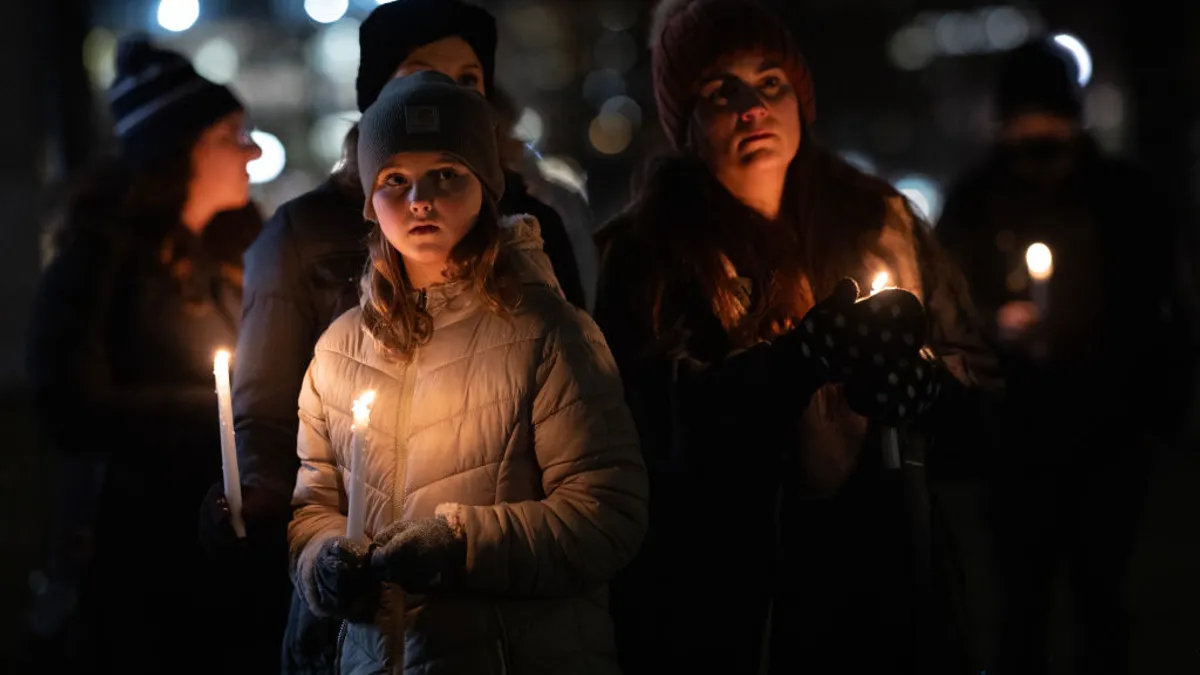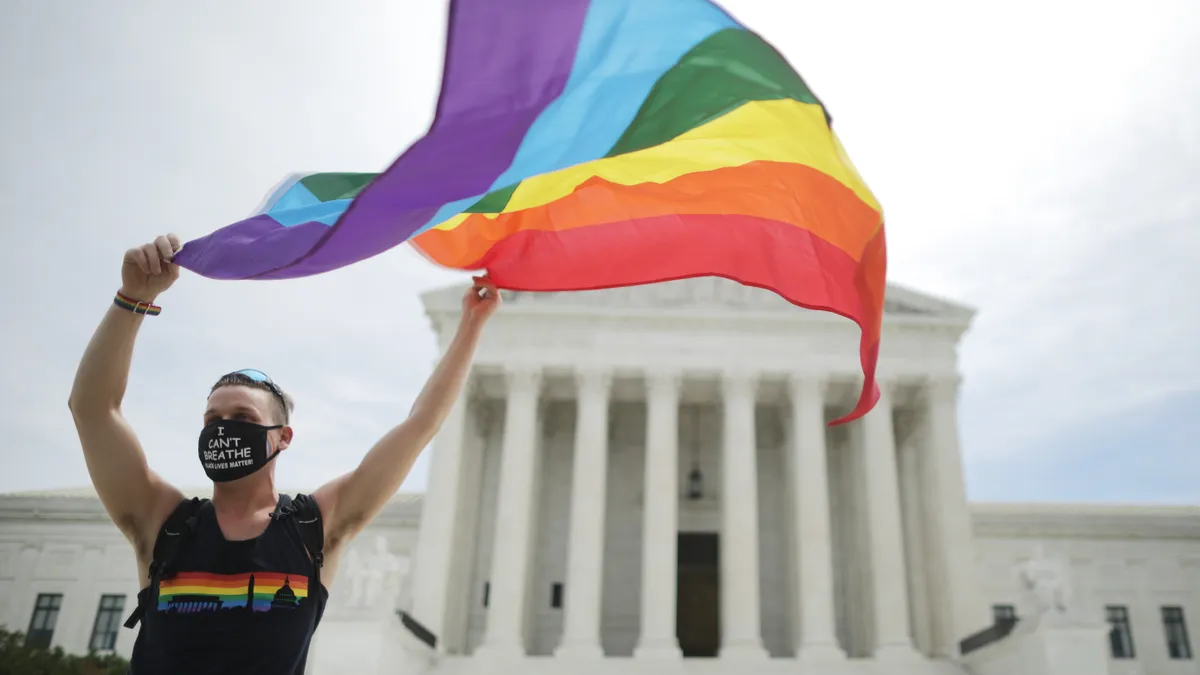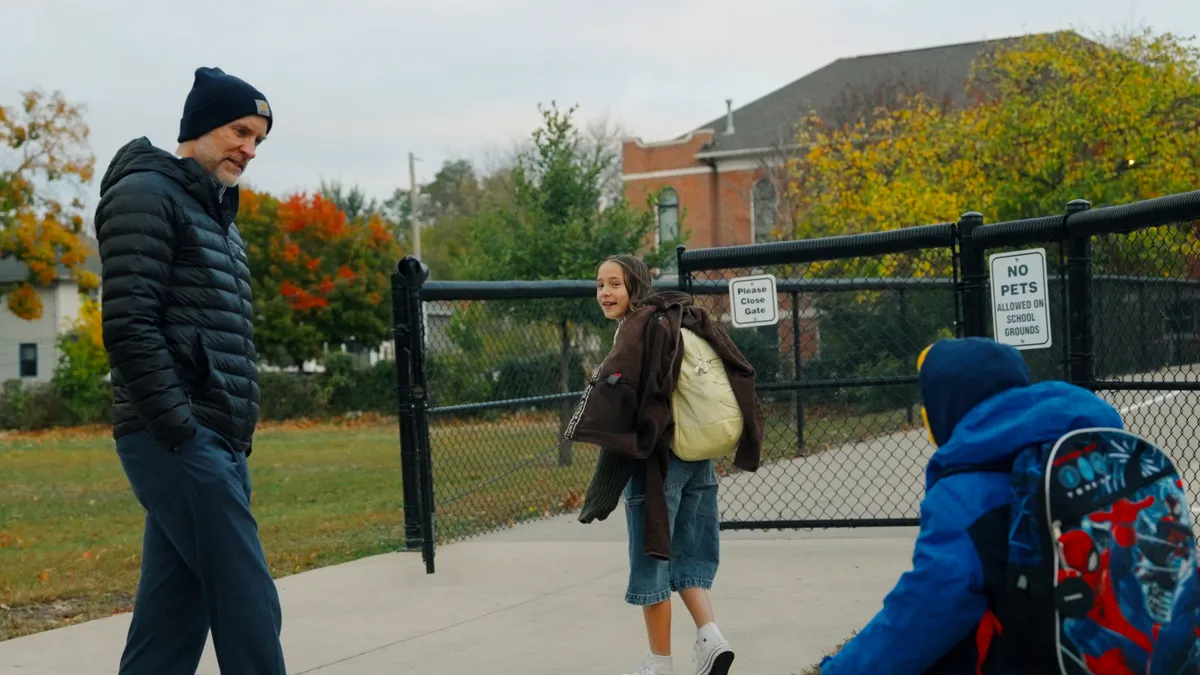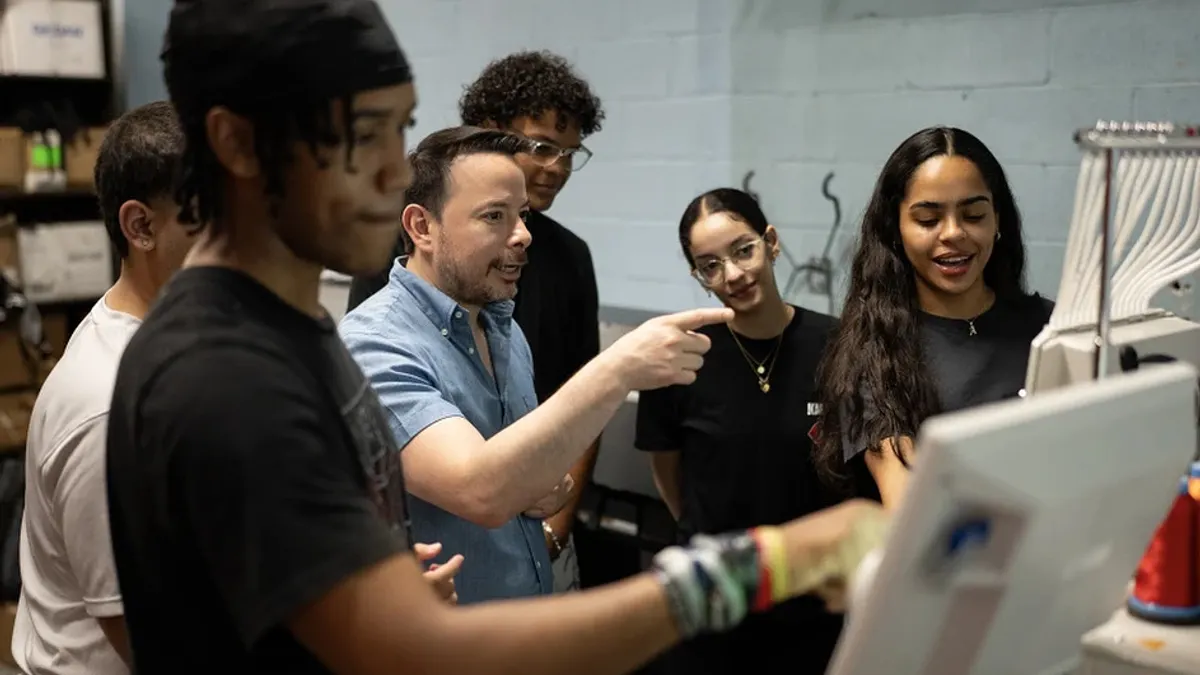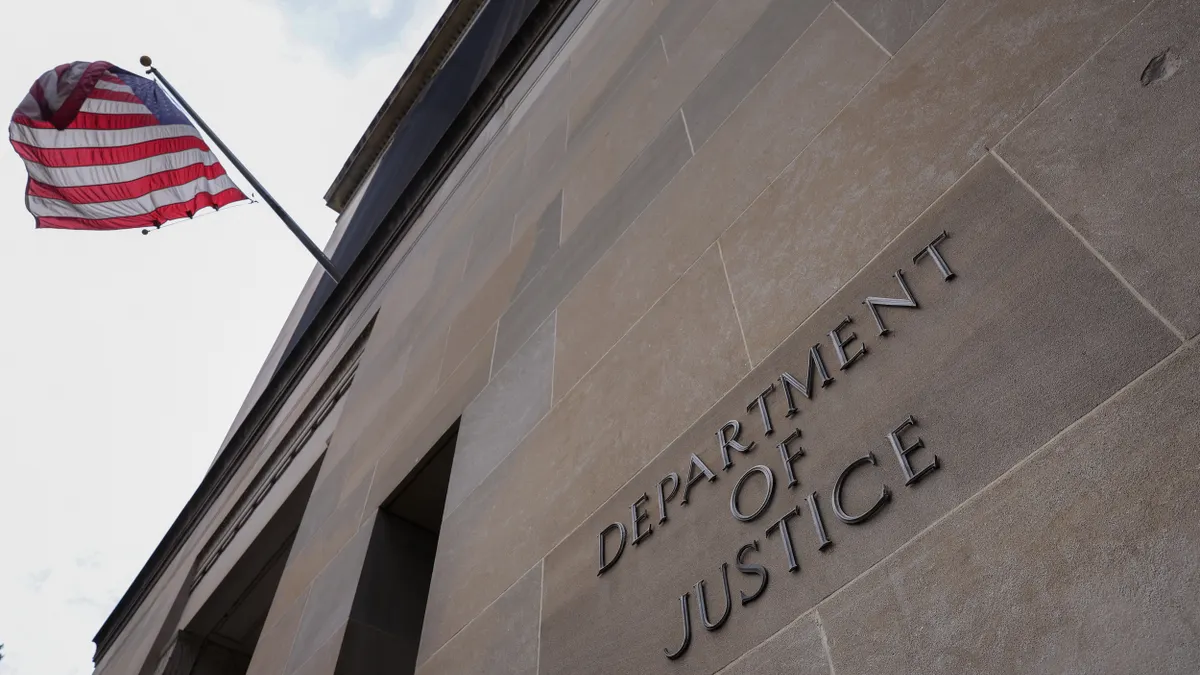School shootings in 2024 dipped slightly from the year before, but the 330 school shootings recorded last year still mark the second-highest number since 1966. The 2024 count fell only 19 below the all-time high of 349 incidents recorded in 2023, according to the K-12 School Shooting Database.
In fact, the highest number of annual school shootings over the past six decades came in 2021-2024, according to the database. That's despite increased efforts to harden schools with cameras and weapons detection systems, as well as bolster resources to address students' emotional and mental well-being.
The database defines school shootings as any time a gun is fired or brandished with intent or when a bullet hits school property, regardless of the number of victims, time, day or reason.
2024 saw the 2nd highest number of K-12 school shooting incidents
Other trackers use different metrics. For example, Everytown for Gun Safety, an organization that advocates to end gun violence, tracked at least 219 incidents of gunfire on school grounds — either K-12 or college campuses — in 2024. Everytown's data tracks incidents that resulted in a person being shot and killed or wounded, as well as those in which a gun was discharged and no one was shot.
There is no nationally standard definition of a school shooting.
School shootings continue to confound education leaders as each incident presents a unique set of factors leading to the shooting, but there are some commonalities to the 2024 shootings, according to David Riedman, founder of the K-12 School Shooting Database and an assistant professor at Idaho State University.
Those trends include:
- Four of the five preplanned attacks at schools in 2024 were committed by current students at the school. Those include the Sept. 4 shooting at Georgia's Apalachee High School that left four dead and nine injured and the Dec. 16 shooting at Wisconsin's Abundant Life Christian School that killed three and wounded at least six others. According to the database, 43% of school shooters between 1966 and 2024 attended the school where the incident took place.
- The combined number of people wounded and killed due to school shootings last year — 269 — marked the second-highest recorded since 1966, according to a dataset sent to K-12 Dive on Jan. 2. The highest rate came in 2022 with 277, according to that dataset. That year, a shooter killed 19 children and two teachers at Robb Elementary School in Uvalde, Texas.
- Most on-campus shootings occurred due to fights that escalated into gun violence. That mirrors the trend of recent years.
- School shootings most commonly came during dismissal, sporting events and morning classes.
- Most shootings occurred at high schools, followed by elementary schools.
School threats in 2024 caused panic and anxiety in school communities, said school security expert Ken Trump in a Jan. 1 essay posted on the National School Safety and Security Services website. Trump is president of the school safety consulting firm.
"The 'contagion effect' following high-profile school shootings accelerated threats across the nation," Trump wrote. "We still have a good deal of work to do in 2025 to better support school leaders in what I call, 'Assess and then react, not react and then assess.'”
School shooting victims continue to increase
Best practices for prevention and response
As school shootings have risen, school and district leaders have sought solutions to prevent gun violence, along with best practices for responding to tragic incidents.
Some school systems used federal COVID-19 emergency funds to add physical safeguards to their campuses. Such measures included controlling building access, issuing badges for staff and visitors, using security cameras and metal detectors, and hiring school resource officers.
"I don't think there is a clear connection between increased school security and the rate of shootings," said Reidman, in a Dec. 11 email to K-12 Dive. Reidman shared. a news report about an April 2024 Dallas school shooting where a student was shot and injured in a building that had metal detectors. The article cited sources saying the metal detectors were functioning, but staff failed to follow certain protocols.
Districts have also used the one-time boost in recovery money to hire additional counselors and mental health specialists, add social and emotional supports, and implement practices to encourage school attendance and belonging.
Safety experts highlight two additional practices as proven and key: safe and secure gun storage in homes and a school environment that encourages students to share concerns without the fear of being disciplined.
But for when the worst happens, the Principals Recovery Network offers a Guide to Recovery for administrators dealing with the immediate aftermath and longer-term effects of gun violence. The network, which was founded in 2019 through the National Association of Secondary School Principals, includes around 20 current and former administrators who have experienced school shootings.
Michael Bennett, a founding member, was a teacher at Columbia High School in East Greenbush, New York, in 2004, when he was struck by a bullet in his leg by a student shooter. He was the only person injured during that incident. While he recovered from the noncritical injury in a short time, he said he struggled mentally and emotionally for many years afterward even while progressing in his education career.
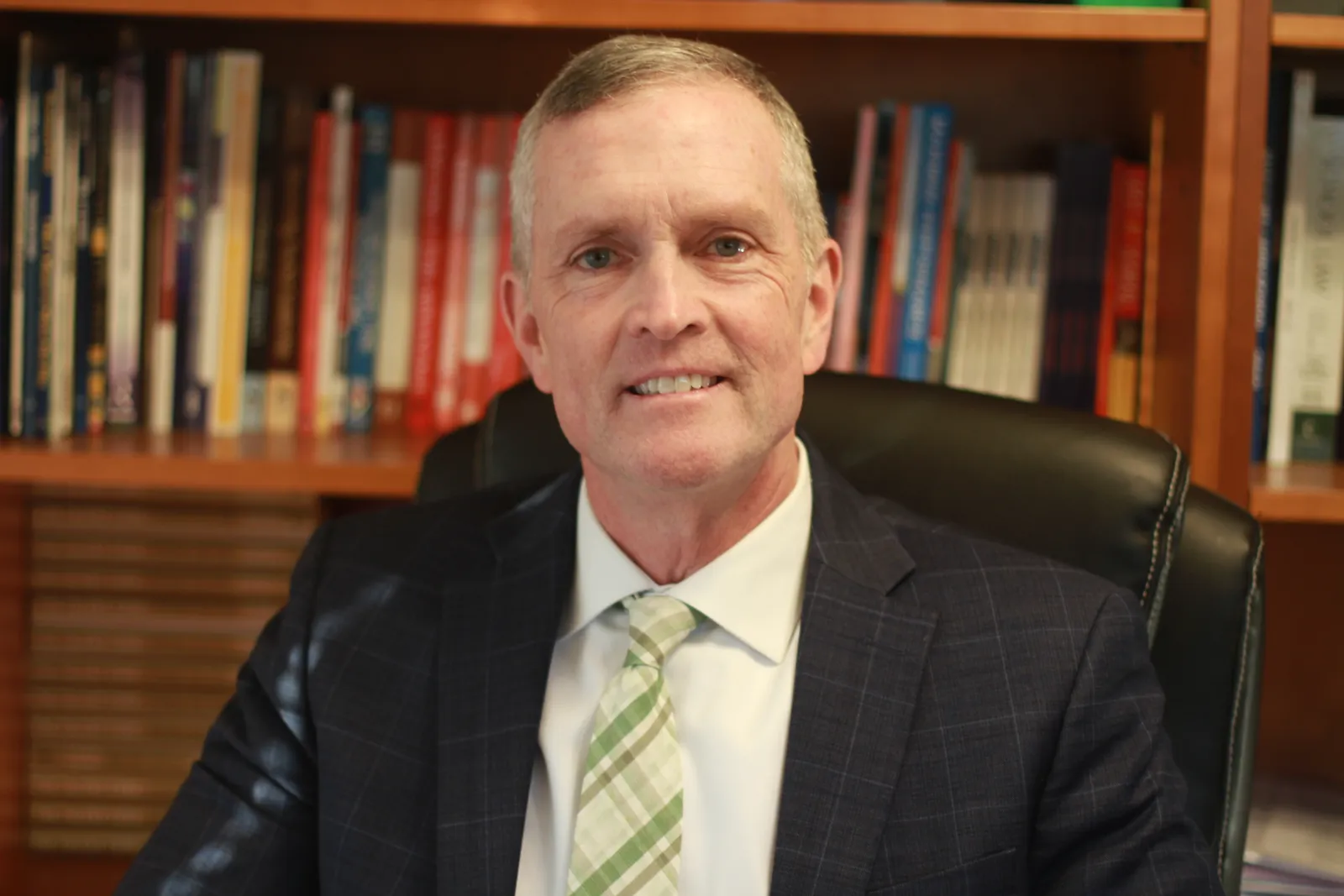
"I lost a lot of trust with people," Bennett said. "I began to feel as though people just wanted to get to know me and know my story, but not really care about, you know, what I was going through."
It wasn't until after the 2018 Parkland High School shooting in Florida, which left 17 students and staff dead and 17 others injured, that Bennett said he felt ready to share his story with students and staff.
Bennett is now superintendent of Greenville Central School District in New York and continues to work with the Principal Recovery Network to help administrators respond to gun violence incidents and to advocate nationally for school safety improvements.
"People don't think it's going to happen there," Bennett said. "It does happen. And I think by me being able to talk to educators, to law enforcement, to communities, in regards to our due diligence, that we have to be proactive and not reactive."
Bennett said it can be difficult for some administrators to discuss safety vulnerabilities or to express their school safety concerns.
"But at the end of the day, we're all in this to help keep kids safe and well. If we are too proud or too arrogant, or whatever you want to say, to address the needs or the possible failures of our school districts in regards to things we need to be doing better, we're missing the boat," Bennett said.
"We're just crossing our fingers, hoping that we're not the next one on the TV saying, 'I can't believe it happened here.'"
Predictions for 2025
Looking ahead to the new year, Riedman predicts funding challenges could stymie school safety efforts. School districts have reached the end of federal COVID-19 emergency aid.
Trump, the school safety expert, also said maintaining funding for school safety measures will be a challenge with the winding down of COVID funding. "It is likely they will not be able to sustain the costs, will end up having to cut back, and then will have to explain how they got in this position to their school communities," he wrote in his Jan. 1 post.
Riedman also forecasts that the promises made by President-elect Donald Trump to eliminate the U.S. Department of Education, shrink education funding, and thin out other government agencies could adversely impact schools, districts and states that use federal grant programs and technical assistance to boost safety.
"Without a federal department investigating online threats, many school shooting plots — especially those made by someone in another state — would not be averted," Riedman said.
Trump's campaign platform said Republicans would support "overhauling standards on school discipline, advocate for immediate suspension of violent students, and support hardening schools to help keep violence away from our places of learning."
Riedman, in an analysis sent on Jan. 1 to subscribers to his school safety Substack newsletter, predicted about 30 school shootings would occur in January, with most resulting from escalated fights between students at dismissal time either in front of the school or in the parking lot.
"It's impossible to know which 30 campuses will experience this senseless and preventable gun violence," Riedman said. "When we haven't taken any meaningful action to stop them, the only certainty is these shootings will happen somewhere in 2025.”


